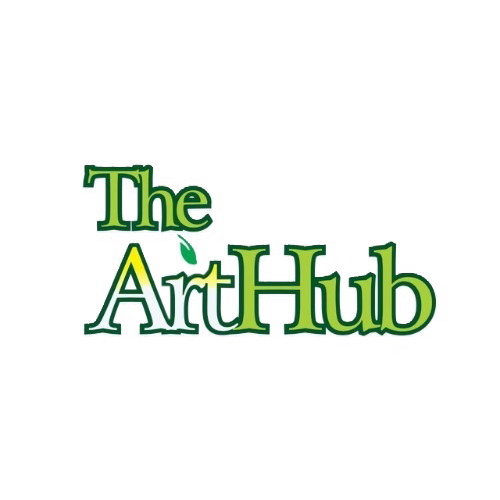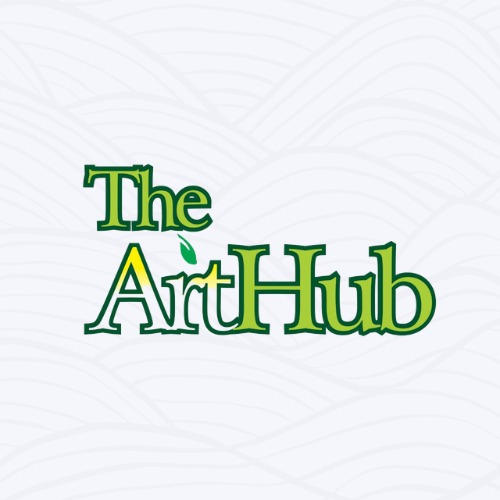World Braille Day!: Jehovah’s Witnesses spotlight production of Bibles, Bible-based literature in Braille

* Braille starter kits in Igbo, Efik, Yoruba, Pidgin languages underway
By Editor
AS the world marked World Braille Day on January 4, 2024, many are considering the resources available to people around the world who are blind or have low vision. According to the World Health Organization, this may include some 2.2 billion people. However, Jehovah’s Witnesses have proved beyond doubt that the welfare of the visually impaired matters.
Creating publications in Braille is a tall order, and so much so publishing bibles in Braille, given its volume and language appeal, but Jehovah’s Witnesses have proved themselves up to the task. The organisation offers Braille literature in more than 50 languages, and for more than 100 years, they have been producing Bible-based publications for people who are blind or have limited vision.
In 2022, the New World Translation of the Holy Scriptures was released in Braille in three languages: German, Korean, and Ukrainian. Jehovah’s Witnesses have also produced Braille publications for people throughout Africa, including publications in Chichewa, a language spoken in Malawi.

All Bibles in Braille are printed at Wallkill, New York, U.S.A., using a Braille embosser. The machine embosses Braille dots onto special paper, which is then collated and bound into volumes that are shipped to the branch offices for distribution to publishers. A complete edition of the New World Translation in Braille may comprise over 30 volumes and occupy some two meters (6.6 ft) of shelf space. In addition to the transcribed text, the Bibles and publications include visual aids, such as maps and diagrams, converted into a format that blind people can comprehend.
Jehovah’s Witnesses also produce a workbook titled Learn to Read Braille. The workbook is designed for a sighted person and a blind person to use together. It comes with a kit containing a slate and stylus so that the Braille learners can use the tools to emboss Braille characters. This process can help the Braille learner more easily memorize characters.
Literature for people who are blind or have low vision is available in several languages in these formats: audio files from the JW Library app and jw.org website, large print, Braille, electronic files for notetakers (portable electronic devices with a speech synthesizer and a refreshable Braille display) and electronic files for screen readers (computer programmes that read audibly whatever is on the monitor).
Most recently, Jehovah’s Witnesses have embarked on the production of Braille starter kits in Igbo, Efik, Yoruba and Pidgin languages. This is part of efforts to assess and meet the needs of these blind and visually impaired ones to read Braille in those four indigenous languages. Some are already familiar with Grade 1 & 2 English Braille, and our research shows that some will do well with Braille publications produced in these languages.
For more information, please visit jw.org or any Kingdom Hall of Jehovah’s Witnesses near you to access Braille resources available.



